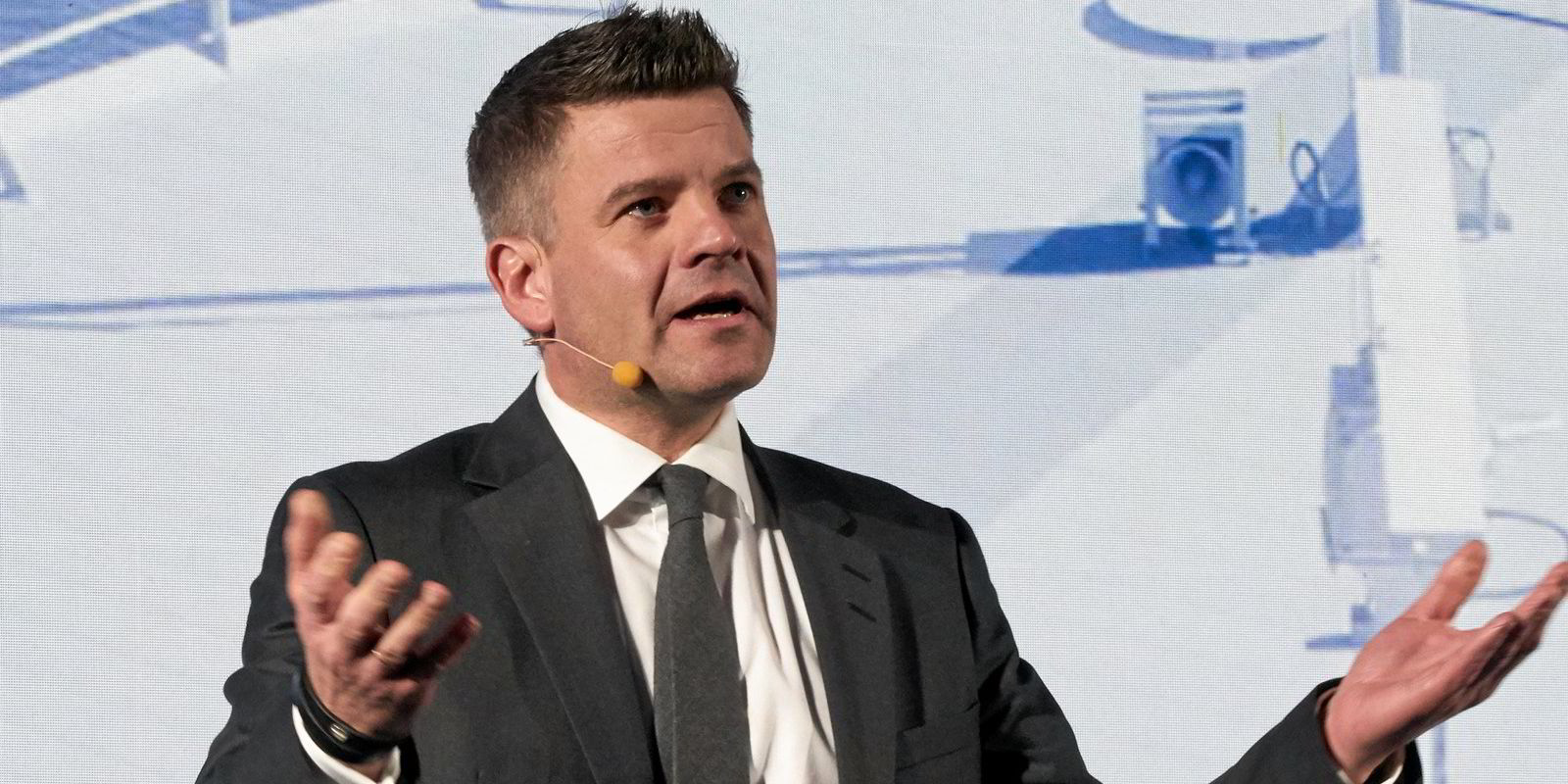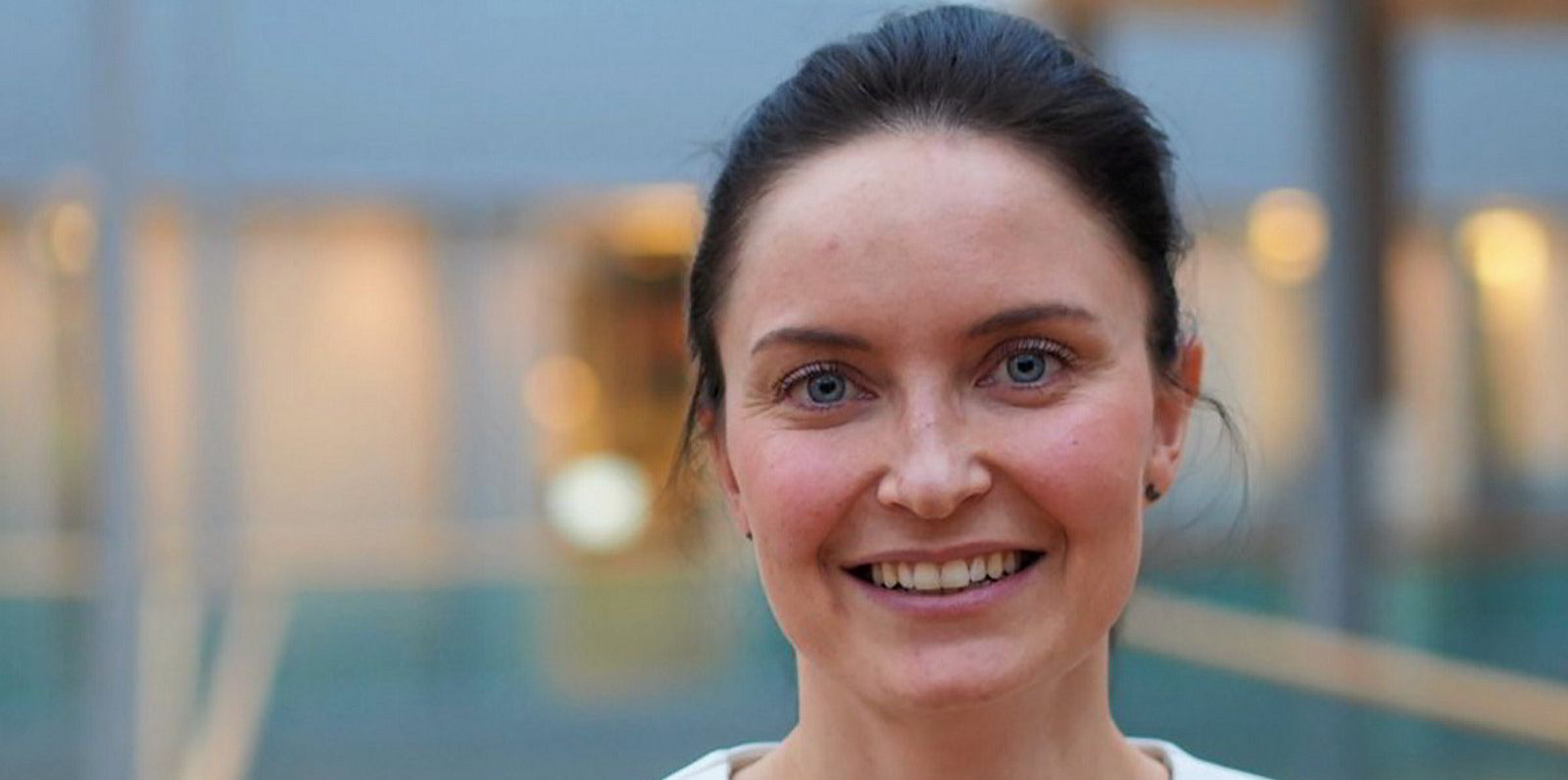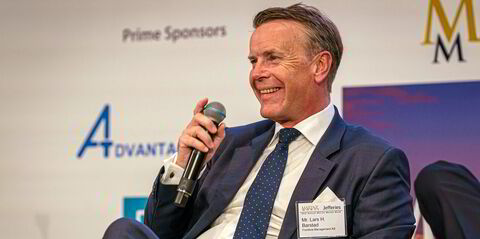There are three main elements in our approach to decarbonisation for this year — and all of them are already underway.
First, there is our $25m capital raise for Klaveness Combination Carriers, with the funds to be invested purely in carbon efficiency.
Second, there is ZeroLab by Klaveness.
Third, we are developing a way for industrial companies to make a full inventory of their Scope 3 emissions.
These are things we were doing in 2021 to position us for the coming years, and they will be part of this year’s investment cycle.
Within ZeroLab, there are two main areas in which we are working towards decarbonisation: developing carbon insetting and developing "green corridors".
These both involve connecting industrial customers who have a willingness to pay for decarbonisation, with ports and shipping companies where the decarbonisation can take place.
Carbon offsetting has become popular, but carbon insetting is a more credible alternative because it takes place within the industry itself.
Many shipowners say they have achieved net-zero on a voyage through buying offset credits, but this is a cheap way of getting to zero. It does not reduce our carbon emissions as an industry.
If shipping is allowed to offset its carbon by paying other people to plant trees, nothing will happen within shipping.
Shipping is one of the "hard to abate" industries and has to address its own problems directly.
But a huge customer of shipping services cannot cut its shipping emissions directly. Ikea, for example, has at least a couple of boxes on most of the container vessels on the water and it cannot take responsibility for fuelling them all.
But carbon insetting will allow it to achieve an equivalent result through providing fuel to third-party vessels.
Many of the problems that have to be worked out have to do with accounting. We need to make a system that ensures insetting actually reduces emissions and does not cover up for emissions.
ZeroLab is working on that and on the "green corridors" — the subject of the Clydebank Declaration at the COP26 talks. The green corridors method connects the dots in the decarbonisation effort, not globally, but within specific trading corridors such as aluminium trades, or the South American grain trade to Europe.
The European Union will be a driving force in this, no doubt. Green corridors such as grain and aluminium can also have the advantage of high visibility to consumers, who are the end users of the cargoes being decarbonised.





